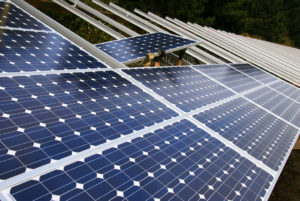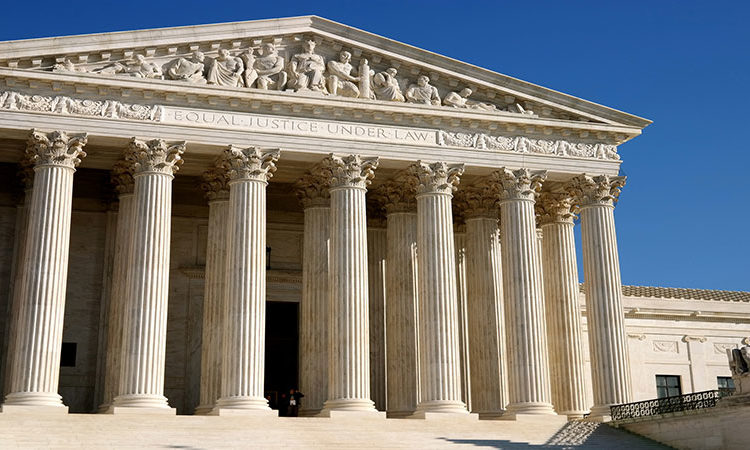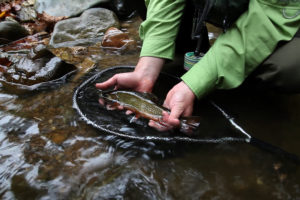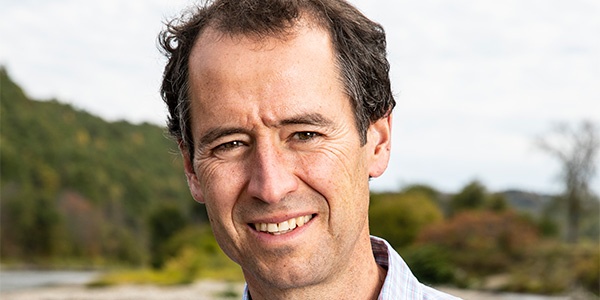We have much more to do and your continued support is needed now more than ever.
Full Court Review of the Clean Power Plan: What Does it Mean?

West Virginia v. EPA will decide the legality of the Clean Power Plan, the first ever nationwide federal regulation of carbon pollution emitted by the country’s power sector, the largest source of greenhouse gas emissions. This ruling means that arguments previously scheduled for June 2 and 3 are cancelled. This surprise decision has raised a lot of questions that this blog will attempt to answer.
First, let’s hit the high points.
Foremost, regardless of what the courts ultimately say or do, a clean energy future that will help address climate change is upon us. States would be wise to move forward to implement plans that will comply with the Clean Power Plan and speed their transition towards clean, renewable energy sources now.
Second, in the end, the court’s action likely changes little in terms of the bottom line legal prognosis: EPA has a strong case before the Circuit Court, and the Supreme Court will decide the case sometime next year.
What is Full Court, or “En Banc,” Review?
Federal circuit courts usually serve as appeal courts. However, in certain cases, such as with the Clean Power Plan, they are courts of first review. There are twelve circuit courts divided into regional circuits, including the D.C. circuit. The D.C. Circuit Court is often considered the most important circuit court because it typically hears cases involving agency actions that have federal implications, like rule-makings.
Each circuit court is comprised of several judges – in the case of the D.C. circuit, eleven judges plus six senior judges. However, for purposes of judicial economy, each case is almost always initially heard and decided by a three judge panel, not the full bench.
After the three judge panel rules, a party taking issue with the decision may request “en banc” review, or review by all of the judges on the court (en banc roughly translates to entire bench). A party seeking to appeal a three panel decision need not seek en banc, but can go directly to the Supreme Court. Just as the Supreme Court can refuse to grant review of case, the full court can deny a party en banc review.
Yet, in a case as significant as the Clean Power Plan, it is likely the full bench would take up the case. Similarly, it is also probable the losing party would seek en banc review before seeking appeal to the Supreme Court, in the hopes of getting a more favorable decision as well as one that has the weight of the full bench behind it.

Is This a Rare Court Occurrence?
It is very rare for a court to decide, as the U.S D.C. Circuit Court did, to hear the case en banc prior to allowing a three judge panel to hear it. The case is even more remarkable because this action was not requested by any party.
Why Did the Court Make its Decision Now?
The court did not provide any reason for its decision. Since such cases are rare, it is very difficult to speculate as to why the full court decided to hear the case. However, the court may have felt that the significance of the case, plus the likelihood that full court would hear it eventually, warranted this action.
What Will Happen to the Clean Power Plan?
Despite the rare nature of this action, the actual implications for the case challenging the Clean Power Plan may not be terribly significant. If anything, it may serve to speed up a resolution of the litigation. It was probable the full panel would have been asked to review the case anyway, and, given its significance, there is a relatively high likelihood the full court would have heard it.
Since the argument has been pushed back by almost 4 months, the full court decision will likely be issued later, after the November election when there may be more clarity on when Justice Scalia’s seat will be filled. However, since we now can be confident this decision will not again be reviewed by the circuit court (a process that could add several months), the Supreme Court may end up hearing the case sooner.

Guessing the outcome of this circuit court’s decision is roughly the same for the full panel as the three judge. Currently, both panels are majority democratically appointed, even if two democratic appointees, Judges Garland and Pillard, recuse themselves (as is speculated) for the full bench review.
This case will almost certainly go to the Supreme Court. At the Supreme Court, a majority decision will be the law of the land. Should Justice Scalia’s seat remain vacant and the court split 4-4, the decision of the en banc circuit court panel will stand.
What Should States Do?
States should continue efforts to plan for a clean energy, wildlife-friendly future. Market and regulatory forces are pushing us inevitably towards this future. States that have the vision to seize it sooner rather than later will come out ahead in reaping the economic, environmental, wildlife and community benefits this future will provide.






















